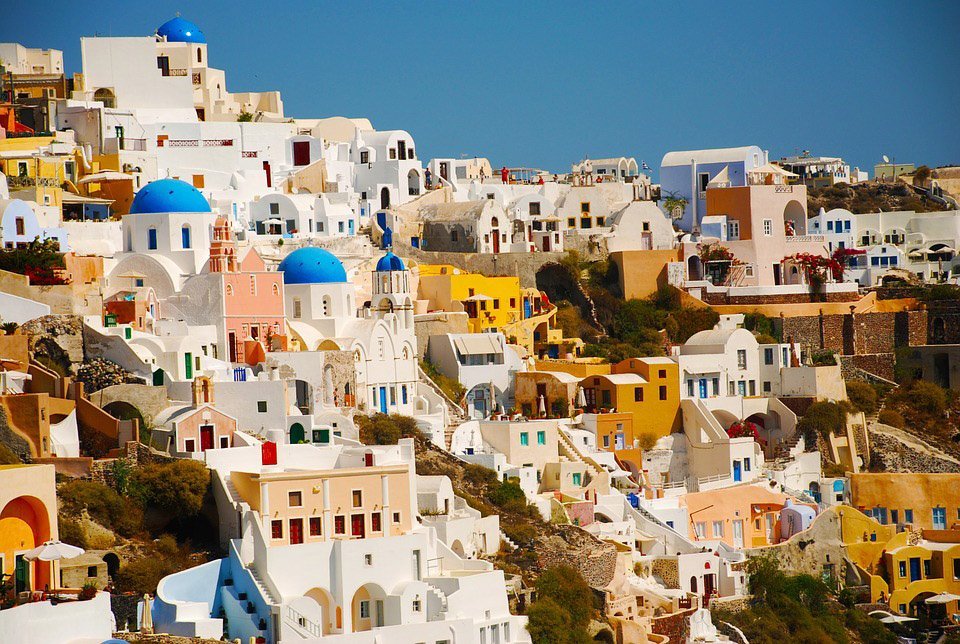Greece’s National Bank of Greece (NBG) announced this week that an estimated €35 billion investment in infrastructure is urgently needed over the next decade for the Greek islands to secure their position in the elite of global tourism.
The bank identified infrastructure as the catalyst for sustaining the islands’ appeal, despite the nation maintaining its high ranking on the world tourism map amid fierce competitive pressures.
The NBG’s Economic Analysis Division study reported that this massive capital outlay is necessary to upgrade crucial sectors, including transport, energy, water, and waste management across the islands, which currently welcome nearly half of all foreign visitors.
The challenge, the bank stated, goes beyond merely securing funding, also demanding the establishment of a modern governance framework capable of coordinating priorities, reliably allocating resources, and translating financing into integrated projects.
The bank suggested this capability will determine whether the islands’ current success would gradually be undermined by the inadequate infrastructure of the past or if it would transform into a strategic advantage.
Greece is predominantly an island tourist destination, with the islands having doubled arrivals over the last 15 years to reach 16 million visitors in 2024.
The study highlighted that the Greek islands account for a remarkable 11 per cent of global island tourism, with seven of them listed among the world’s 30 most popular destinations, ranking alongside iconic locations like Bali and Hawaii.
This success, however, generates intense pressure on infrastructure. During peak months, tourist density soars to 33 visitors per square kilometre daily, compared to just two to three in the rest of Greece and the Mediterranean.
The bank observed that despite this explosive seasonal demand, infrastructure investments per capita over the last 20 years had remained comparable to the mainland.
Island populations increase by an average of 50 per cent relative to permanent inhabitants, placing far greater strain on their systems compared to the mainland, where the average increase does not exceed 5 per cent.
Furthermore, the islands incur an estimated 15 per cent in extra costs due to increased logistics, a lack of economies of scale, and the need for backup systems in isolated areas.
The NBG warned that without targeted upgrades, the tourism development of the islands risks being trapped by its own limitations.
The NBG estimated that for the island economies to meet their increased needs, an additional €1.5 billion needs to be added annually to the current yearly investment of approximately €2 billion.
This meant about €1 billion annually is required to cover the 50 per cent seasonal population increase, with a further €0.5 billion needed to address the additional 15 per cent “island surcharge.”
The total necessary investment effort thus amounts to about €3.5 billion annually, or €35 billion by 2035.
The study also mentioned that new international trends offer an opportunity to significantly increase the returns on the necessary investments.
Increased demand from high-spending long-haul markets like the US and Asia and a shift towards off-peak travel create the preconditions for a strategic move from quantitative to sustainable growth.
If effectively capitalised upon, the bank said, the Greek islands can increase tourist expenditure per head by approximately 15 per cent by 2035 and reduce the concentration of July-August arrivals from 42 per cent to 34 per cent.







Click here to change your cookie preferences